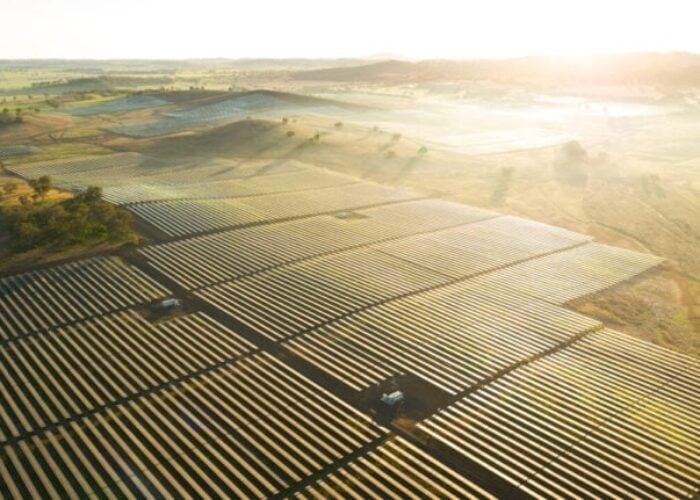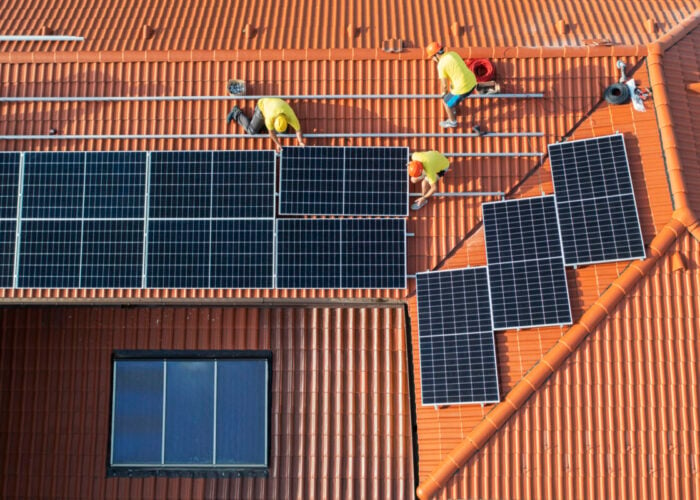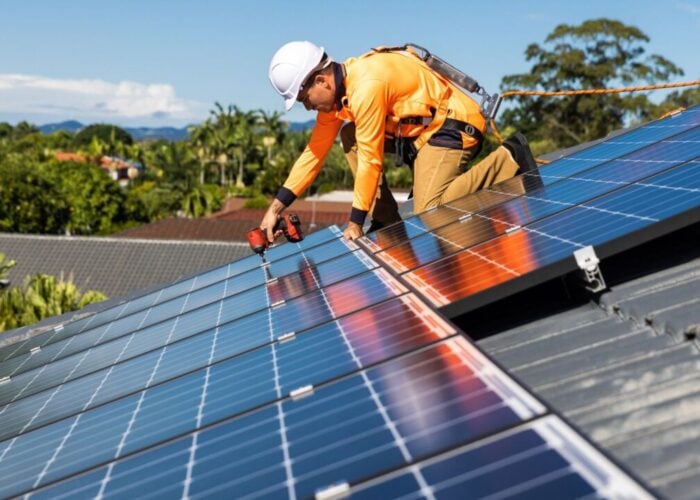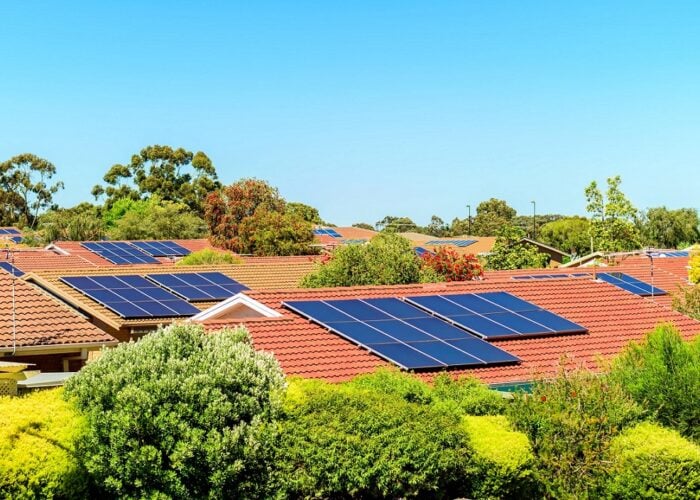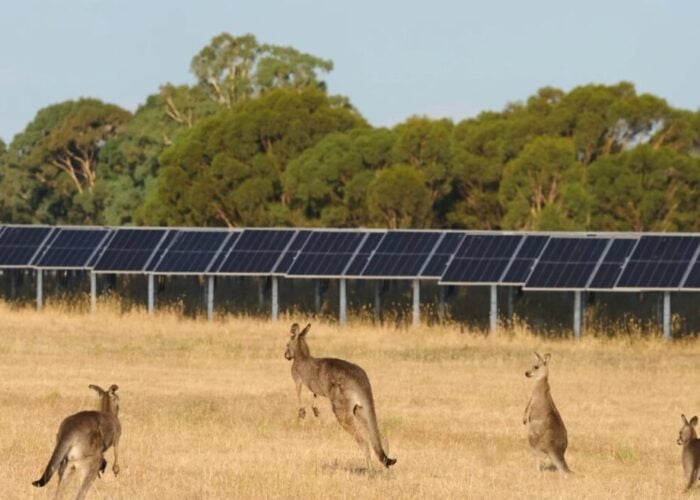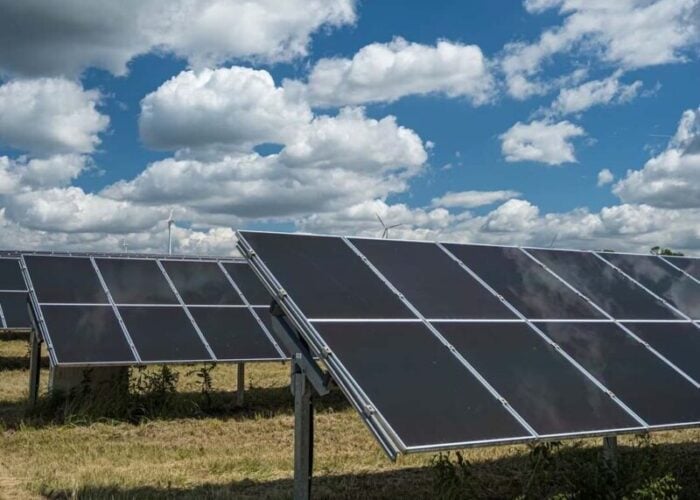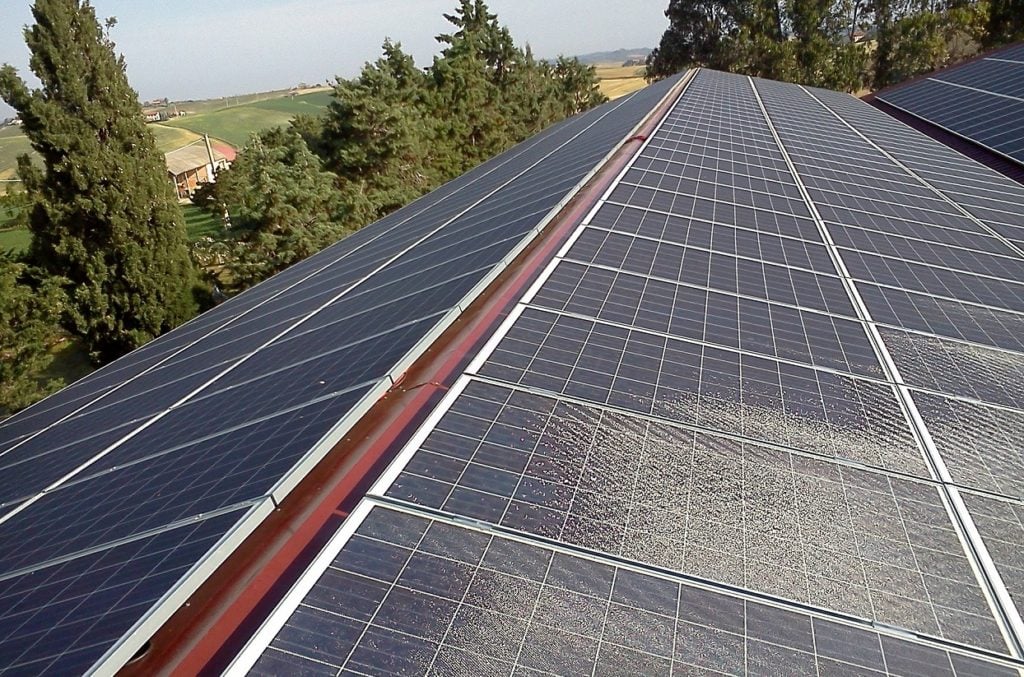
Australia’s electricity grid faces congestion and power security issues over the next few years as more solar energy capacity is installed at faster rates than previously expected.
That’s according to a report from the Australian Energy Market Commission (AEMC), which has found that 763MW of new large-scale solar capacity was added to the power mix last year.
Unlock unlimited access for 12 whole months of distinctive global analysis
Photovoltaics International is now included.
- Regular insight and analysis of the industry’s biggest developments
- In-depth interviews with the industry’s leading figures
- Unlimited digital access to the PV Tech Power journal catalogue
- Unlimited digital access to the Photovoltaics International journal catalogue
- Access to more than 1,000 technical papers
- Discounts on Solar Media’s portfolio of events, in-person and virtual
In order to ensure greater power security as more thermal generation power plants are retired, AEMC, AEMO and the Energy Security Board (ESB) are working on separate frameworks and policy proposals that will concern the ongoing security and reliability of Australia’s National Electricity Market (NEM).
AEMC said that, as fossil fuel power plants are also being retired, the addition of variable energy resources is “already creating issues” with power supplies, particularly in relation to intra-day ramping and minimum system load. The group said these issues will develop further as more solar comes onto the grid, and it is currently considering introducing an operating reserve market and a ramping service to mitigate price volatility in the new energy mix.
Battery storage systems, the Commission said, are also likely to continue to increase in capacity over time as the NEM “transitions towards higher penetrations of intermittent renewables”.
Minimum system load, it said, is “emerging as an important issue” due to the fact that the increased uptake of solar energy in Australia has caused a “significant reduction of demand in the middle of the day”.
The Australian Energy Market Operator (AEMO) noted that installed PV capacity in the country has risen “significantly higher” than what had been previously forecast, and therefore the issues associated with variable renewable energy such as including system strength, voltage control, inertia and ramping will also occur “faster than was initially forecast”.
The panel said that last year saw an “increase in challenges and complexity” in managing power system security, driven by environmental events such as bushfires and the transition from fossil fuels to variable renewable energy. AEMO’s ability to accurately forecast and account for rooftop solar’s contributions to the power mix, it said, will become “an important issue as penetrations of rooftop PV continue to increase”.
Figures from the Clean Energy Regulator (CER) show that 3GW of solar PV, including small-scale and residential, was installed last year. AEMC’s Annual Market Performance Review states that up to 1.5GW of new solar energy may be added to the power mix each year between now and 2024, although CER estimates in its own quarterly report that between 3GW and 4GW could be installed this year.
The AEMC came under fire from solar campaigners earlier this year after proposing a two-way pricing system that would see households with solar PV charged for exporting electricity to the grid as a way of alleviating “traffic jams” on the network.

